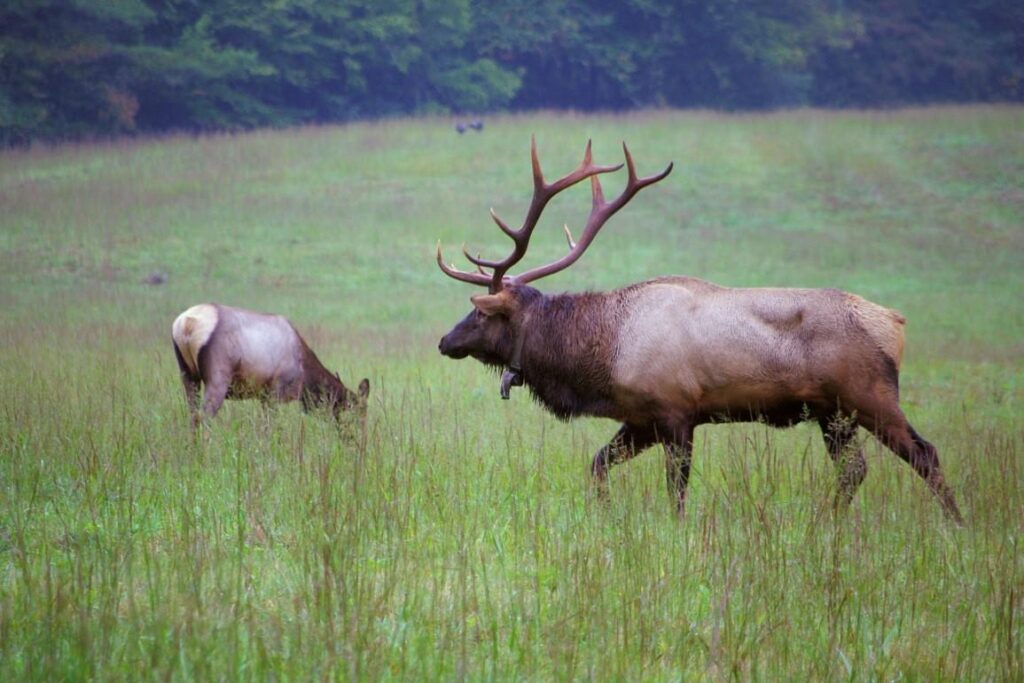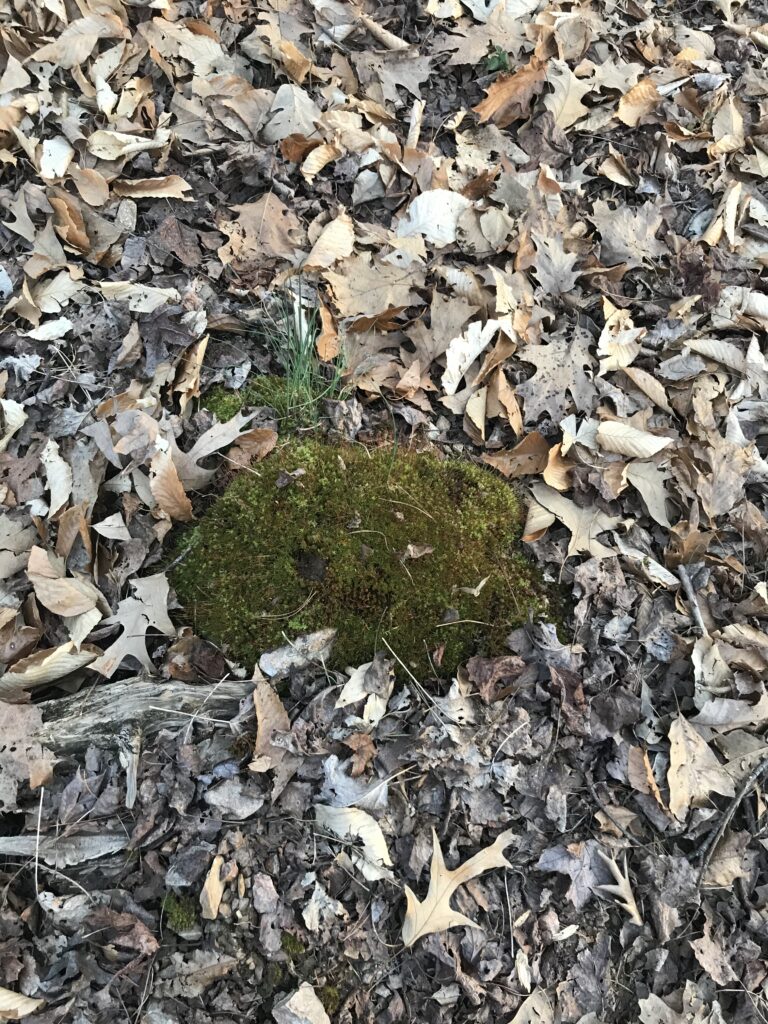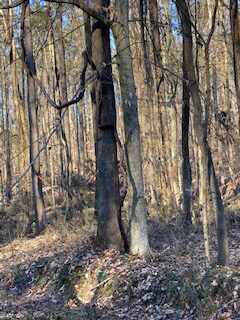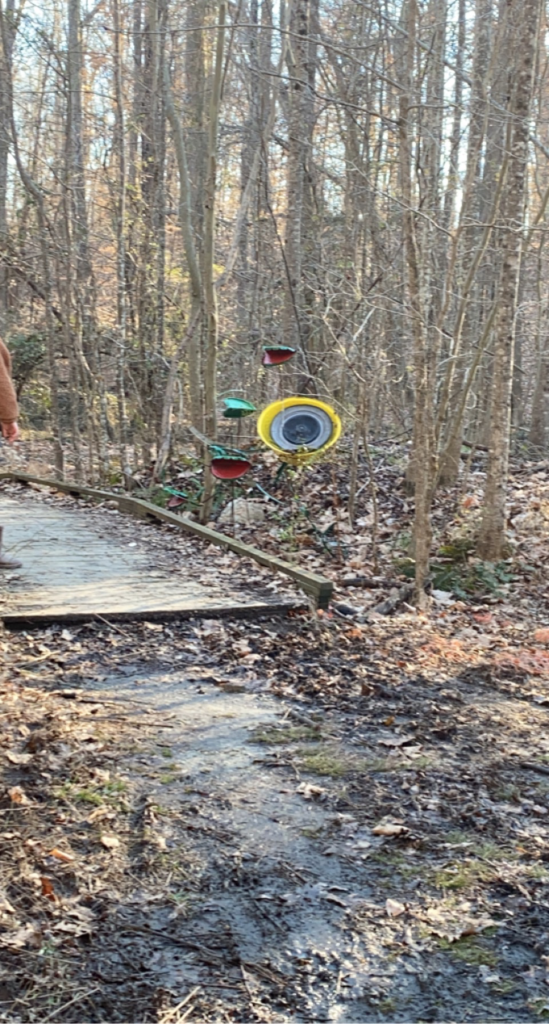The Sandhills and Piedmont regions of North Carolina have rich biodiversity that should be recognized. The natural beauty is something that you do not see every day, let alone in one place. But Pinehurst Arboretum is home to many natural native plants in its small thirty-five acres.
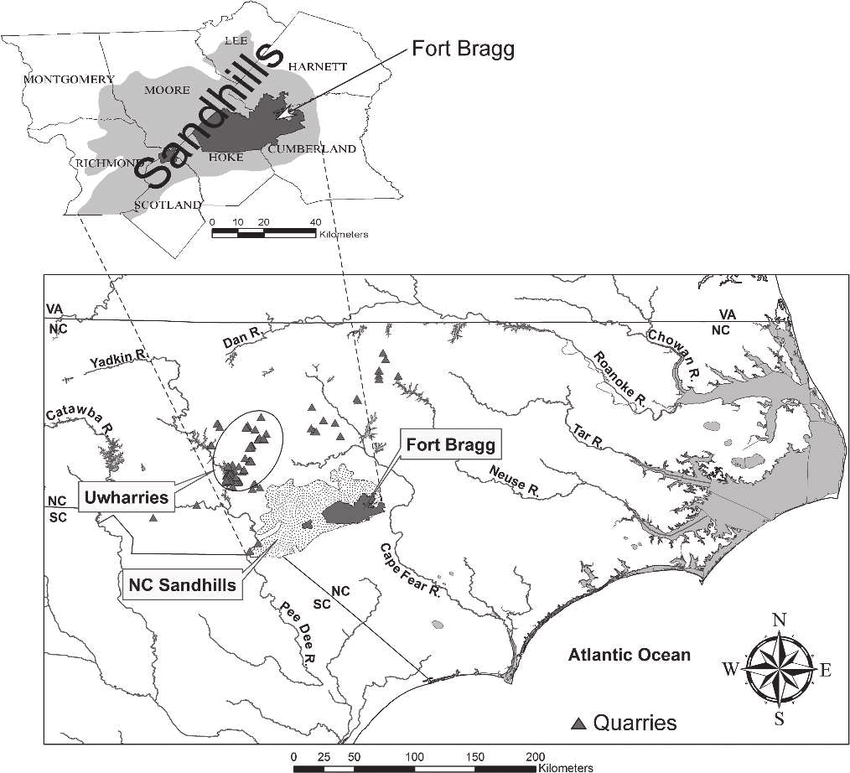
The native plants in Pinehurst Arboretum were especially chosen because they were natural to the space being developed for use. Some plants and trees such as Southern Magnolias, were already on the property of the Arboretum when designed. Others that were planted, grew into their natural space, but all plants are native to the region in which Pinehurst Arboretum resides.
The divided sections of Pinehurst Arboretum, that I mentioned earlier, all have specific native plants that grow in the certain section. The Magnolia Garden obviously has Magnolias, but there are a variety of Magnolia trees, not just the Southern Magnolia. The Flowering Tree Garden, true to its name, has flowering trees of all varieties, dogwoods, witch hazel, and peaches, all live here. The Longleaf Pine Savanna was renewed after a fire. It is home to an abundance of longleaf pines as well as many native types of grass including, switchgrass and wire grass. While the fire destroyed the original longleaf pines, every three to five years there is a controlled burn to help with debris and promote growth in the natural environment. If you look closely at some of the longleaf pine trunks you can make out burn marks from years past.
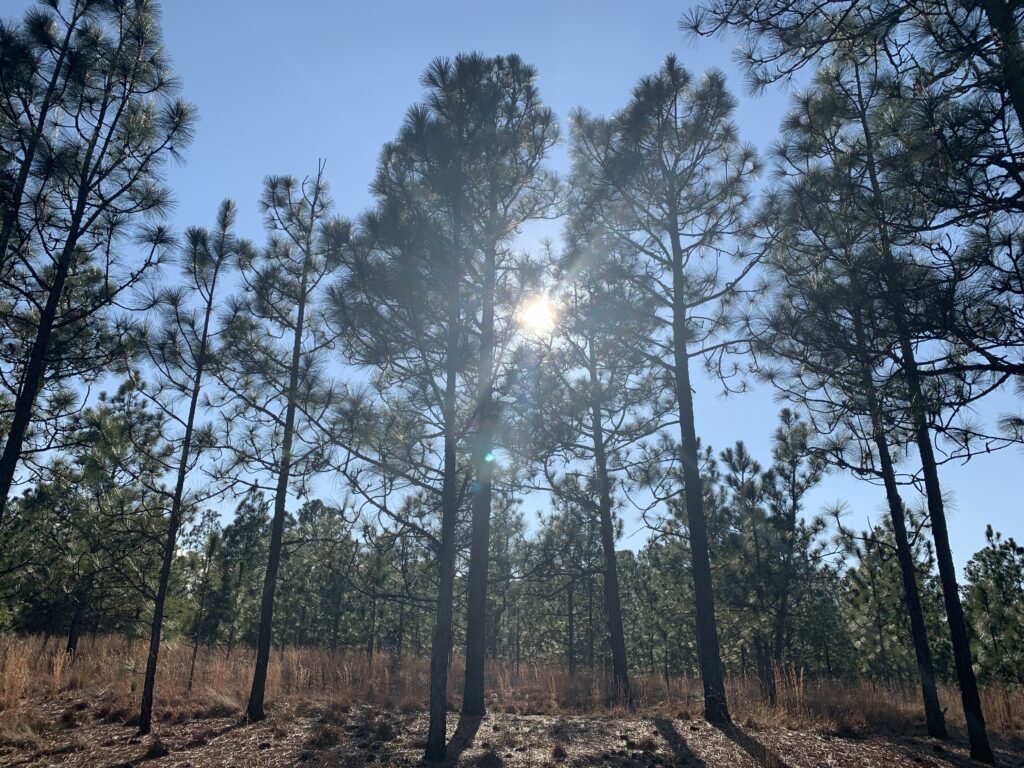
All of the native plants were chosen for a reason. When designing Pinehurst Arboretum, Larry Best, founder of the award-winning design firm LandDesign, used the natural space and researched the Sandhills and Piedmont regions. This allowed him to develop and design Pinehurst Arboretum with a focus on the natural environment that was already in the natural space being used as Pinehurst Arboretum. The majority of the trees in the Magnolia Garden were already present when designing the Arboretum. With the Southern Magnolia trees already there they used the native natural plants as a sign to create an area specifically for Magnolias and other trees and plants that were already on the land. Instead of designing Pinehurst Arboretum to be highly groomed, Larry Best designed it to be of use to the already existing natural space and added on only what was a native plant. He created Pinehurst Arboretum to be natural and to use native plants.

There is even a space of native plants that are dedicated to helping wildlife. The Native Pollinator Garden is a space that is certified as a National Wildlife Habitat because of its use for animals and insects. The native plants provide shelter and food for butterflies, bees, and other insects. And with the Garden being all native plants, it helps the insects because the native plants are what butterflies and bees find in an uncontrolled natural environment.
Nature in Pinehurst Arboretum, while controlled in some areas, has been driven by the decision to include native plants. Making it a natural area for all to come and enjoy, full of native plants that provide benefits to animals and humans alike.
